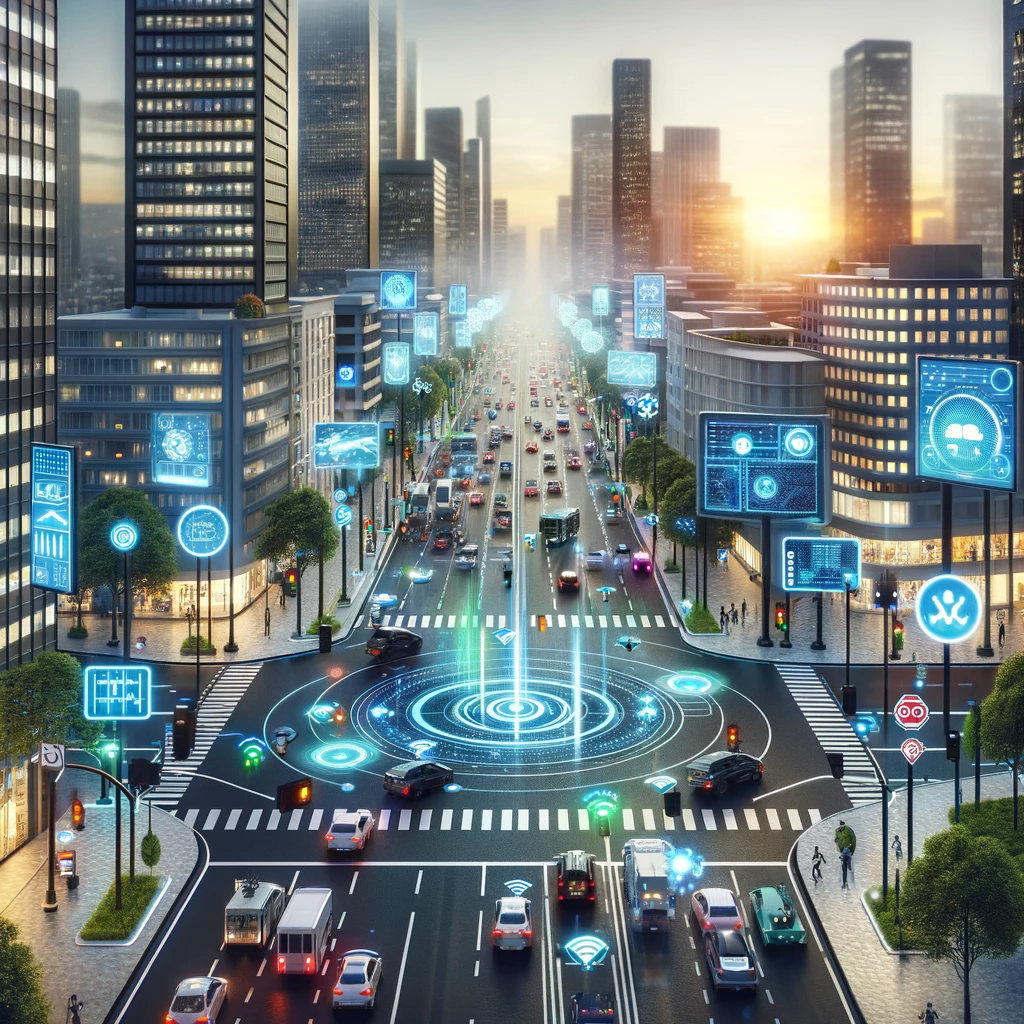In an era where time is as valuable as ever, the efficiency of urban transportation systems plays a crucial role in shaping our daily lives and the environment around us. Intelligent Transportation Systems (ITS) stand at the forefront of this transformation, offering innovative solutions to age-old traffic management challenges. This article explores the essence of ITS and their profound impact on urban traffic flow, safety, and sustainability.

The Genesis of Intelligent Transportation
The concept of Intelligent Transportation Systems encapsulates a broad range of technologies applied to transportation infrastructure and vehicles to make mobility safer, more efficient, and more sustainable. ITS integrates advanced communication technologies into the transportation system, facilitating better traffic management, real-time data collection, and analysis, which in turn enhances decision-making for both commuters and traffic controllers.
The Pillars of ITS: Technology and Connectivity
At the heart of ITS are cutting-edge technologies such as sensors, GPS, RFID, and AI, which work in harmony to monitor traffic conditions, manage traffic signals, and provide real-time information to users. These technologies enable a wide array of applications, from adaptive traffic signal control systems that adjust in real-time to traffic conditions, to smart navigation systems that guide drivers through the least congested routes.
Easing Traffic Flow: The Dynamic Role of ITS
One of the primary benefits of Intelligent Transportation Systems is their ability to significantly ease traffic congestion. By providing accurate, real-time information about traffic conditions, ITS allow for dynamic traffic management. This can include rerouting traffic in response to accidents or congestion, optimizing traffic signal timings, and managing demand through variable pricing strategies during peak times.
Enhancing Safety: A Top Priority
ITS also play a pivotal role in enhancing road safety. Technologies such as collision avoidance systems, electronic stability control, and automated emergency braking systems have the potential to drastically reduce the number of traffic accidents and fatalities. Furthermore, ITS can enhance pedestrian safety through advanced crosswalk systems that respond to pedestrian presence and adjust crossing times accordingly.
Sustainability: Steering Towards a Greener Future
By improving traffic flow and reducing congestion, ITS contribute to a reduction in vehicle emissions, a critical factor in urban areas where air quality is a major concern. Moreover, ITS can promote the use of alternative modes of transportation such as cycling and public transit by integrating these modes into the transportation network, providing real-time information, and ensuring seamless intermodal transfers.
The Future is Now: Smart Cities and Autonomous Vehicles
As we move towards the concept of ‘Smart Cities’, ITS become even more integral to urban planning and development. The integration of ITS with autonomous vehicles promises to further revolutionize traffic management by optimizing routes, reducing congestion, and enhancing safety through precise vehicle control and communication.
Overcoming Challenges: Privacy, Security, and Adoption
Despite the vast potential of ITS, there are challenges to be addressed, including concerns over data privacy and security, the need for substantial investment in infrastructure, and the pace of technology adoption. Ensuring robust cybersecurity measures, fostering public-private partnerships, and promoting public awareness and acceptance are crucial for the successful implementation of ITS.
Conclusion
Intelligent Transportation Systems represent a paradigm shift in traffic management, offering a beacon of hope for congested urban centers worldwide. By embracing ITS, cities can enhance the efficiency, safety, and sustainability of their transportation networks, ultimately improving the quality of life for their inhabitants. As technology continues to evolve, the potential of ITS to transform our urban landscapes is limitless, paving the way for a future where intelligent transportation is not just a vision, but a reality.

